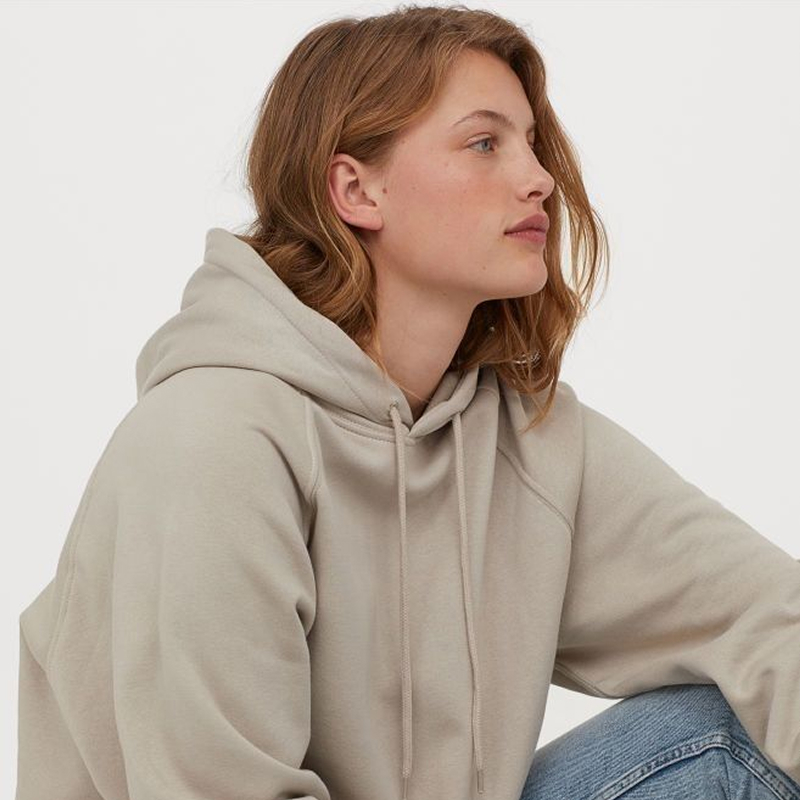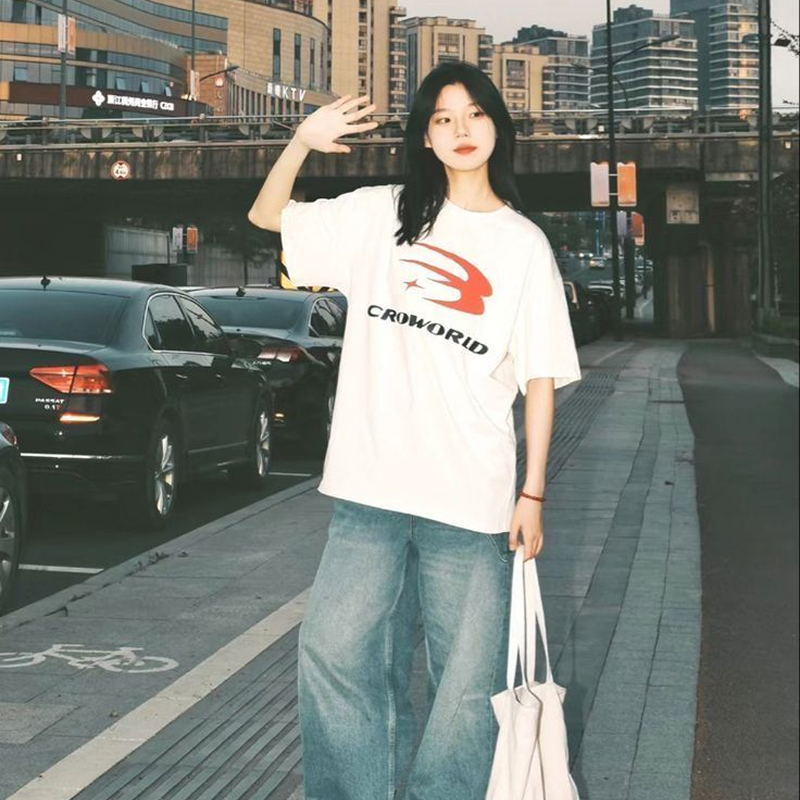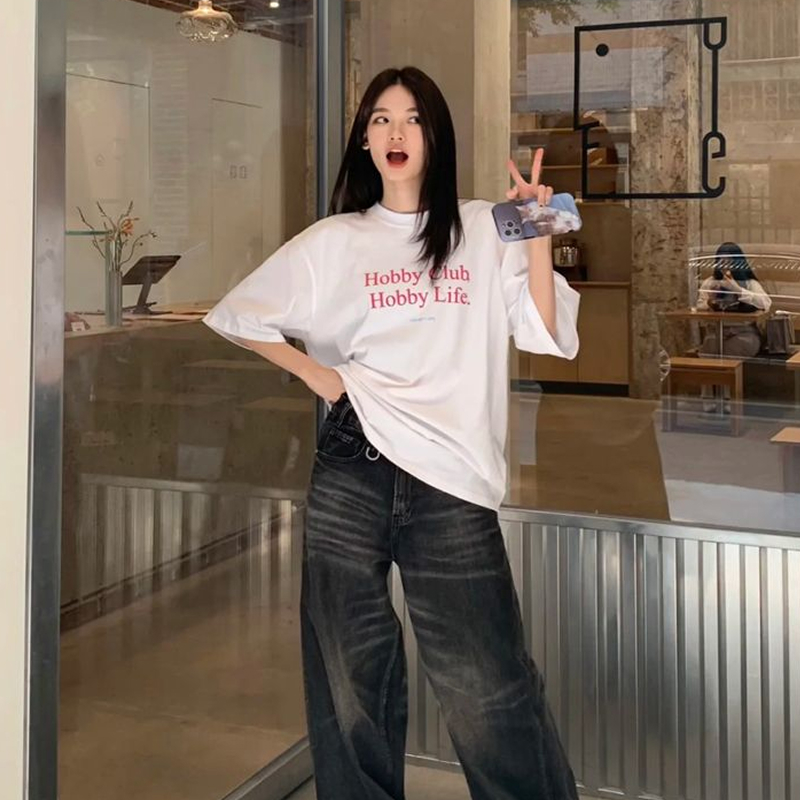Introduction: When Clothing Becomes Canvas
Fashion has always been about self-expression, but few garments embody this as strongly as T-shirts and hoodies. They are blank canvases that invite creativity, allowing art, slogans, and symbols to live not just on walls or in galleries but on the streets, in classrooms, in protests, and on runways.
Graphic design is the silent language of these garments—it communicates humor, rebellion, identity, or status at a glance. Over decades, graphic T-shirts and hoodies have become both artistic mediums and business empires, shaping culture while driving multi-billion-dollar industries.
This essay explores the evolution of graphic design in T-shirts and hoodies, blending artistic innovation with commercial strategy.
Chapter 1: Origins of Wearable Graphics
Military and Workwear Roots
- In the early 20th century, T-shirts were issued to U.S. Navy sailors and workers.
- By the 1940s, military units began customizing T-shirts with stenciled graphics, names, and mascots—an early sign of personalization.
The Rise of Promotional Tees
The 1950s saw businesses using T-shirts for marketing. Resorts, diners, and local events handed out logo tees, turning clothing into moving billboards.
This laid the foundation for fashion as advertising.
Chapter 2: The 1960s–1970s – Protest, Psychedelia, and DIY
The Counterculture Print
The 1960s unleashed a wave of tie-dye, psychedelic graphics, and protest slogans. T-shirts became wearable posters for peace, civil rights, and anti-war movements.
DIY Printing
Silk-screening became accessible to youth groups and bands. Garage bands could produce band tees cheaply, merging art and business.
The Hoodie’s Entrance
Though still secondary, hoodies began carrying graphics—mostly college logos and athletic prints. Their visual potential was just beginning.
Chapter 3: The 1980s – Branding and Subcultures
Logos as Status Symbols
The 1980s consumer boom made logos central to design. Nike swooshes, Adidas stripes, and Polo Ralph Lauren dominated, transforming basics into status markers.
Skate and Punk Graphics
Meanwhile, underground scenes thrived. Thrasher hoodies and punk tees with anarchist symbols reflected DIY rebellion. These graphics were raw, edgy, and anti-corporate.
Music Merchandise
From Michael Jackson to Metallica, concert tees and hoodies became vital revenue streams. Bands realized merch was not just promotion—it was business.
Chapter 4: The 1990s – Streetwear and Mass Commercialization
Hip-Hop and Streetwear Graphics
Brands like FUBU, Wu-Wear, and Cross Colours used bold lettering and cultural motifs to represent identity and pride. Hoodies with oversized prints became street uniforms.
Corporate Co-Opting
Mainstream brands mass-produced graphic tees with cartoon characters, slogans, and sports teams. The commercialization of graphics was unstoppable.
The Birth of Supreme
Founded in 1994, Supreme redefined T-shirt and hoodie graphics. Its box logo design proved that simplicity and scarcity could drive global hype.
Chapter 5: The 2000s – Globalization and Fast Fashion
The Graphic Explosion
Chains like H&M, Zara, and Forever 21 flooded the market with graphic tees—funny slogans, movie prints, retro icons.
Designer Collaborations
High fashion entered the graphic world. Designers like Takashi Murakami with Louis Vuitton blurred the lines between streetwear and luxury.
Internet Culture
With MySpace and early YouTube, online memes began influencing T-shirt slogans. A clever graphic could go viral before social media even peaked.
Chapter 6: The 2010s – Meme Culture, Streetwear Luxury, and Art Crossovers
Memes on Cotton
Internet culture exploded. Tees with viral phrases, emojis, and ironic humor defined youth style.
Luxury Hoodies
Brands like Balenciaga, Vetements, and Off-White transformed hoodies into $900 luxury statements, often with bold graphic typography.
Artists as Collaborators
Streetwear brands collaborated with artists like Kaws, Shepard Fairey, and Banksy, elevating T-shirts and hoodies to collectible art.
Resale Economy
Graphic pieces became investments. A limited Supreme hoodie could resell for 10x its original price.
Chapter 7: The 2020s – Digital Design and Ethical Business
Print-on-Demand Revolution
Platforms like Teespring and Redbubble democratized design. Anyone can upload art and sell T-shirts worldwide, blurring the line between designer and consumer.
NFTs and Digital Merch
Though controversial, the 2020s introduced digital-only T-shirt designs and hoodies as NFTs and gaming skins. Wearable art no longer required physical cotton.
Sustainability in Graphics
Brands now prioritize eco-friendly inks and fabrics. Designs themselves often reflect activism, promoting climate awareness and social justice.
Chapter 8: The Art of Graphic Design
Typography as Power
Fonts carry weight—bold sans serifs for strength, handwritten fonts for intimacy. The placement of words on a shirt or hoodie can make it art.
Minimalism vs. Maximalism
- Minimalist: Supreme’s box logo.
- Maximalist: Vintage metal band tees with elaborate illustrations.
Color Psychology
Colors evoke identity—black for rebellion, neon for playfulness, red for urgency. Designers use color strategically to spark emotion.
Chapter 9: The Business Behind the Graphics
Merch as Revenue Streams
For musicians, YouTubers, and streamers, merch often outperforms ticket sales. T-shirts and hoodies are economic lifelines.
Hype and Scarcity
Streetwear thrives on limited drops. Graphic design plays into scarcity—unique designs drive resale markets worth billions.
Customization Economy
Consumers now want personalization. Brands like Nike By You and independent print shops let customers co-create designs.
Chapter 10: Global Influence
Western vs. Eastern Aesthetics
- U.S. graphics often highlight slogans, brands, and sports culture.
- Japanese designers like Nigo (BAPE) and Hiroshi Fujiwara blend cartoon imagery with high fashion aesthetics.
Cross-Cultural Adoption
A hoodie designed in Tokyo can sell out in London within hours. Graphics have become a global language of youth.
Chapter 11: Case Studies
- Supreme Box Logo Tee – Simple text turned into global hype.
- Thrasher Flame Hoodie – Skater rebellion turned mainstream.
- Obey “Hope” Poster Tee – Shepard Fairey merged activism with design.
- Kanye’s Yeezy Merch – Tour hoodies redefined music merchandise.
Chapter 12: The Future – Where Graphics Go Next
- Augmented Reality T-Shirts: Wearers scan designs with phones to unlock digital layers.
- AI-Generated Graphics: Algorithms create unique, one-of-a-kind prints.
- Virtual Wardrobes: Avatars in games and metaverse worlds will wear exclusive hoodies and tees.
- Circular Fashion: Graphics printed on sustainable, recyclable fabrics.
The future will merge artistic freedom with digital innovation.
Conclusion: The Canvas of Culture and Commerce
From hand-dyed protest shirts in the 1960s to Balenciaga’s luxury hoodies in the 2010s, from punk’s DIY rebellion to TikTok’s meme tees, graphic design has continuously transformed T-shirts and hoodies into cultural texts and profitable empires.
They are not just clothes; they are wearable stories, symbols of identity, and powerful business tools.
As long as people need to communicate who they are—or what they stand for—graphic design on T-shirts and hoodies will remain at the heart of youth culture, art, and commerce.



